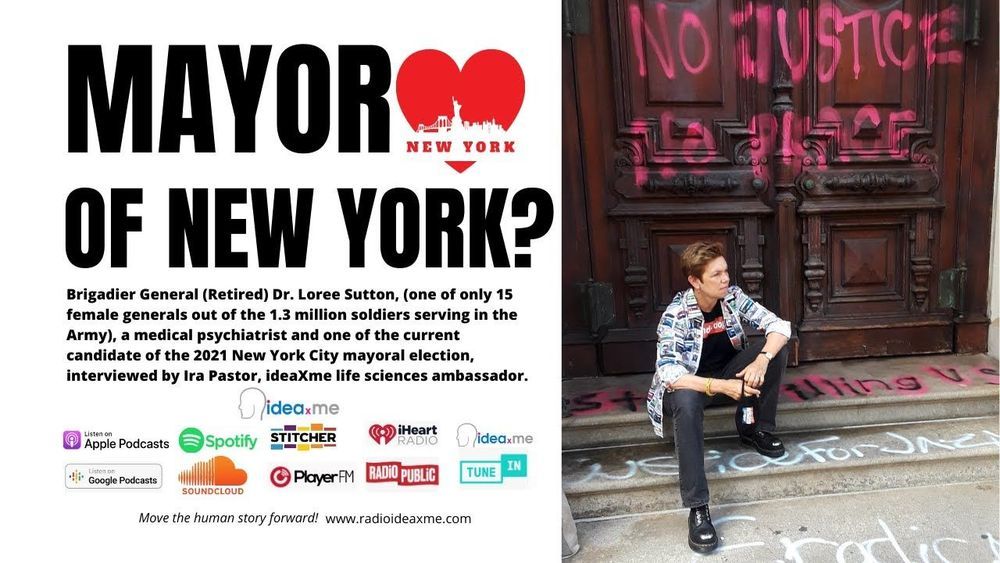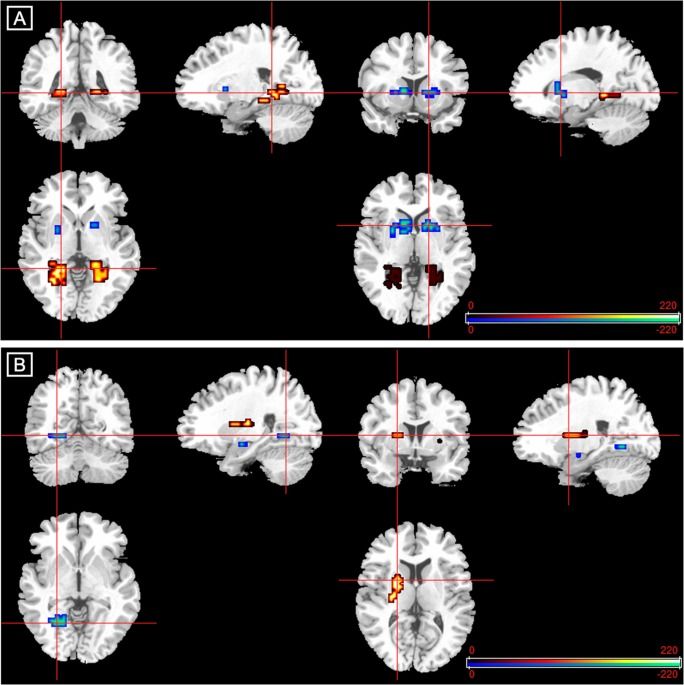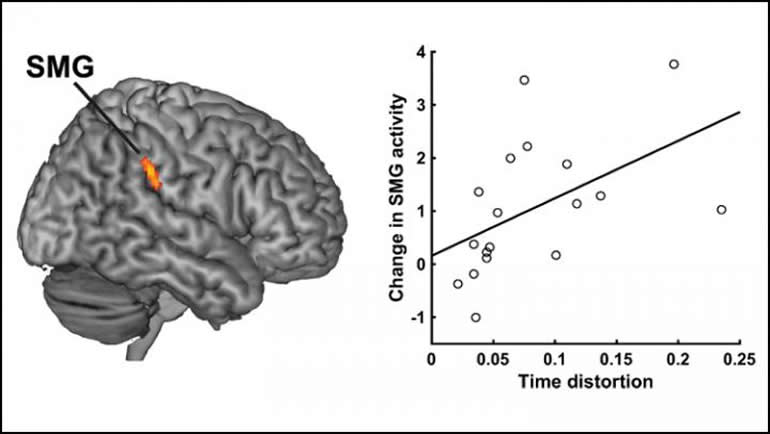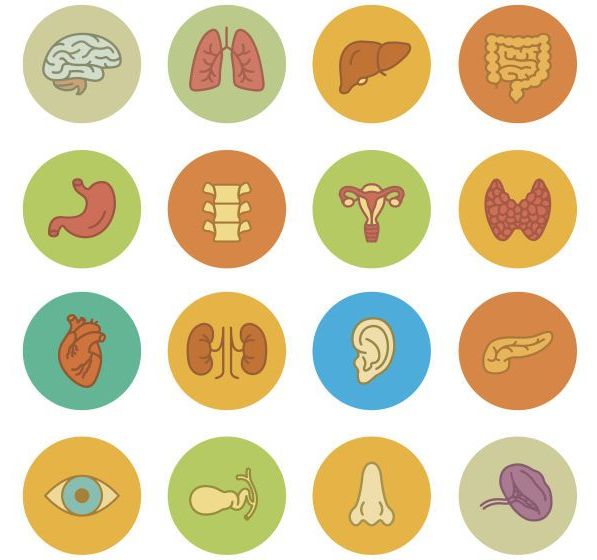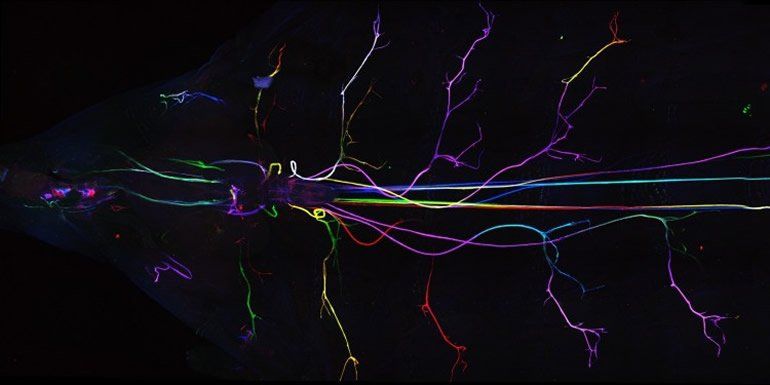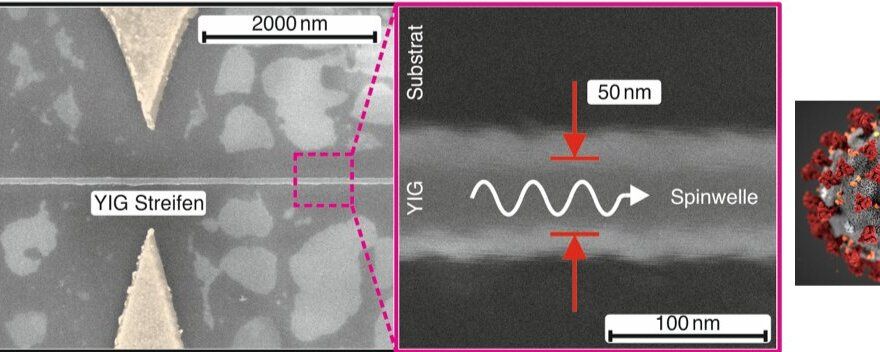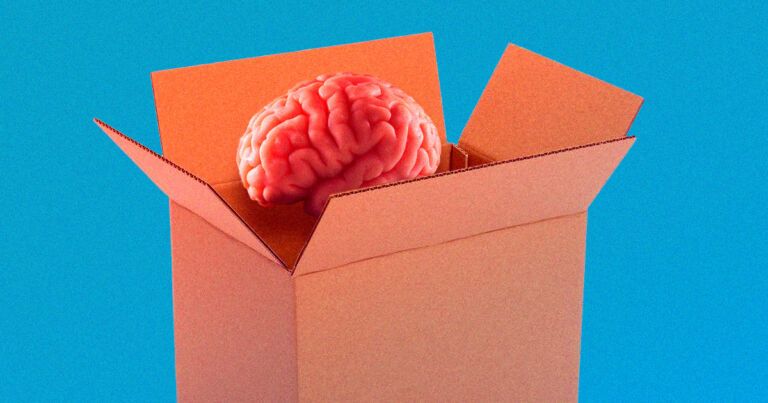In recent years we have seen the move away from ‘politics as usual’. Non-traditional figures have entered the political arena to disrupt the typical entrenched narratives. The election and worldwide popularity of Jacinda Ardern, New Zealand Prime Minister just one example of a new kind of leader who prioritises national wellbeing and happiness in the belief that everything else will follow.
Brigadier General (Retired) Dr. Loree Sutton Next Mayor of New York City?
Brigadier General Dr. Loree Sutton, ex-army general, physician, LGBTQ, mental healthcare advocate, is a further example of a leader who attempts to bridge the gap between people and focus on wellbeing. She is a candidate who is bringing a centrist, holistic, “quality-of-life” based approach to rejuvenating and re-inventing one of the world’s major financial, technological, and cultural capitals, New York City. https://loreeformayor.nyc @NYC Mayor’s Office.
From brigadier general to new york city mayor?
Ira Pastor ideaXme life sciences ambassador interviews General Dr. Loree Sutton a retired military officer who served as a Brigadier General in the United States Army for over 20 years (one of only 15 female generals out of the 1.3 million soldiers serving in the Army) as well as a medical psychiatrist (for a period of time the Army’s highest-ranking), who was deployed to various locations including Saudi Arabia, Iraq, Kuwait, ad Egypt in support of the first Gulf War and other missions, and is a current candidate in the 2021 New York City mayoral election.
Ira comments: Over Dr. Sutton’s career she has been awarded Legion of Merit (a military award of the United States Armed Forces that is given for exceptionally meritorious conduct in the performance of outstanding services and achievements), as well as the Bronze Star Medal, Defense Meritorious Service Medal, and Order of Military Medical Merit. Dr. Sutton is also the founding director of the Defense Centers of Excellence for Psychological Health and Traumatic Brain Injury, and served as a special assistant to the Assistant Secretary of Defense for Health Affairs.
